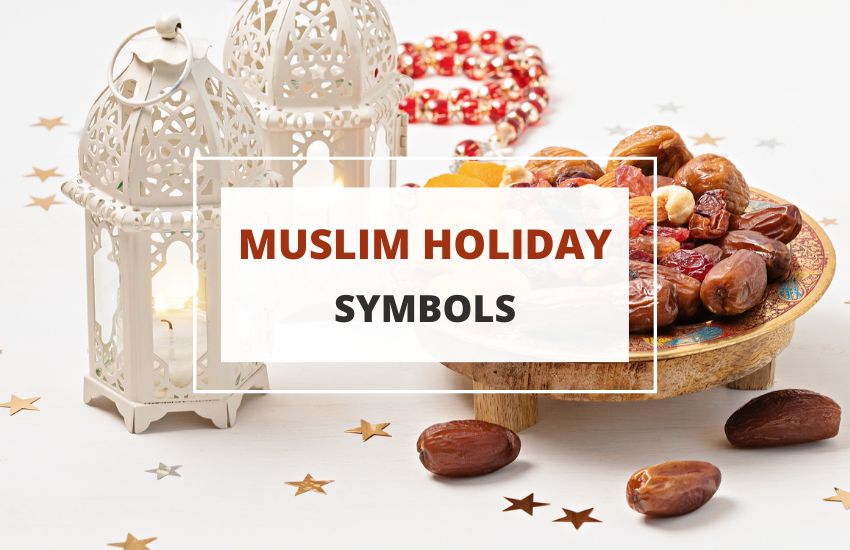
Table of Contents
Islamic holidays unite Muslim communities worldwide to celebrate faith and gratitude. From the reflective month of Ramadan to the joyous occasions of Eid al-Fitr and Eid al-Adha, these holidays are a testament to the devotion, resilience, and compassion of the Islamic faith.
Join us as we celebrate the vibrant tapestry of symbols and elements that bring Muslim holidays to life, fostering a spirit of togetherness, reflection, and reverence among millions of believers worldwide.
1. Crescent Moon and Star
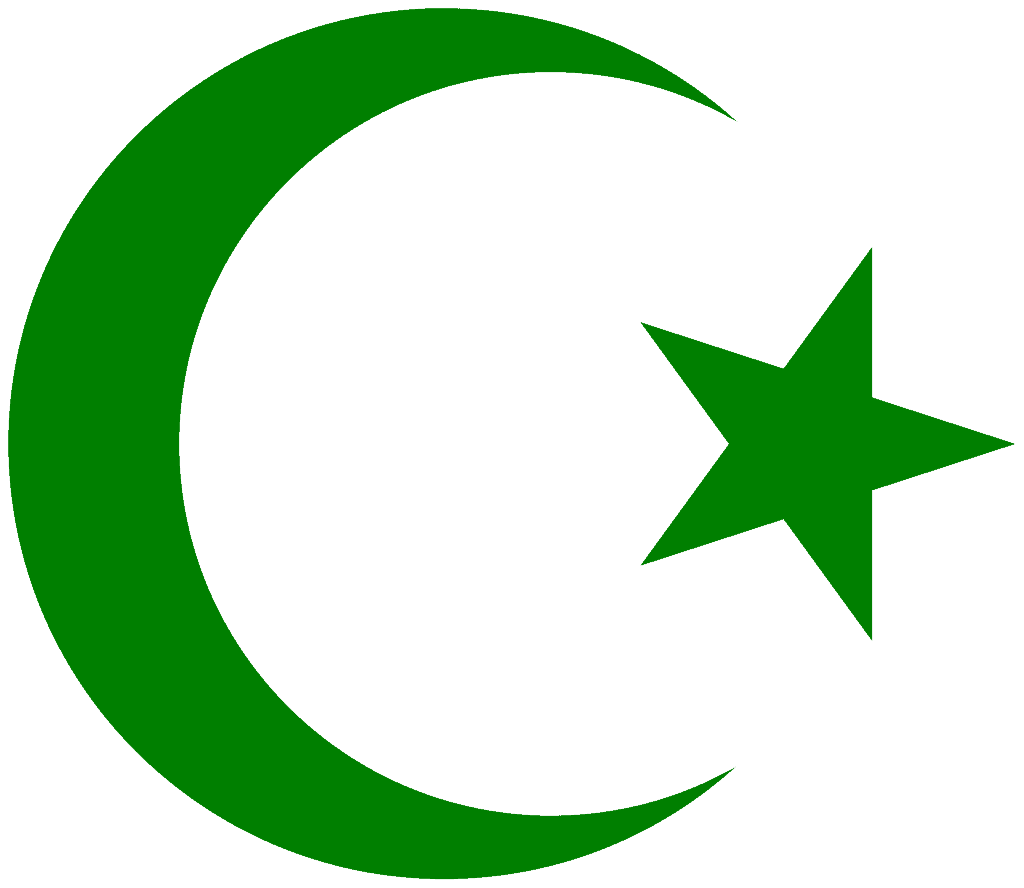
The crescent moon and star symbol is widely recognized as a symbol of the Muslim faith and is often associated with Islamic holidays. The crescent and the star symbolize Islam as a religion. They also reflect the values of Islam, its guidance, and its knowledge.
During important Muslim holidays, the crescent moon and stars are often displayed on flags, buildings, and other public spaces. This symbol is a powerful reminder of Islam’s rich cultural and religious heritage and symbolizes worldwide unity and solidarity among Muslims.
It is also a source of pride and inspiration for those who observe and celebrate these holidays, helping connect them to their faith, community, and history.
2. Prayer Beads
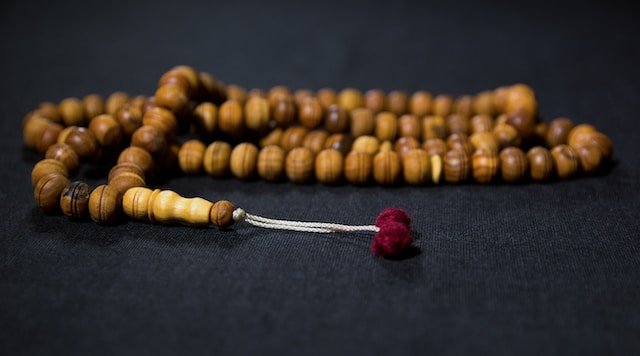
Prayer beads, also known as “Misbaha,” are an important Muslim symbol popular during religious observances and holidays. These beads consist of 33, 99, or more strings and are used for repetitive prayer and meditation. Counting the beads is a physical manifestation of one’s devotion and helps to focus the mind during prayer.
In addition to their practical use in prayer, prayer beads are a beautiful and meaningful symbol of the Muslim faith. They are a great idea for a gift to loved ones on special occasions, and people treasure them as heirlooms that can be passed down from generation to generation.
3. Masjid
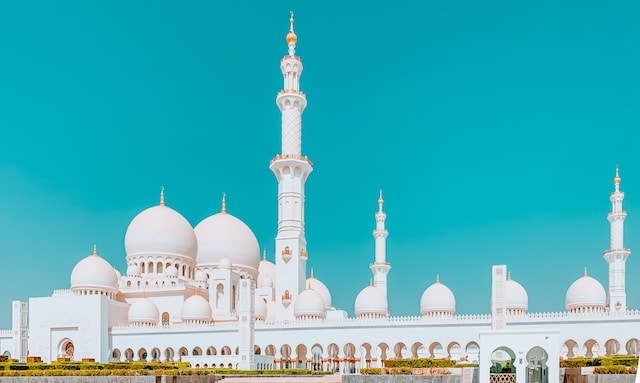
The Masjid, or mosque, is a central Muslim faith symbol and an important part of the holiday experience for many Muslims. Mosques serve as gathering places for community members to pray, study, and celebrate important religious events. During Ramadan, mosques resonate with the sounds of prayer and the smell of incense.
A mosque also serves as a symbol of the Muslim community and its values. The architecture of mosques often reflects the rich cultural and artistic traditions of the region in which they are located. Their presence in a community is a visible reminder of the importance of faith.
4. Minaret
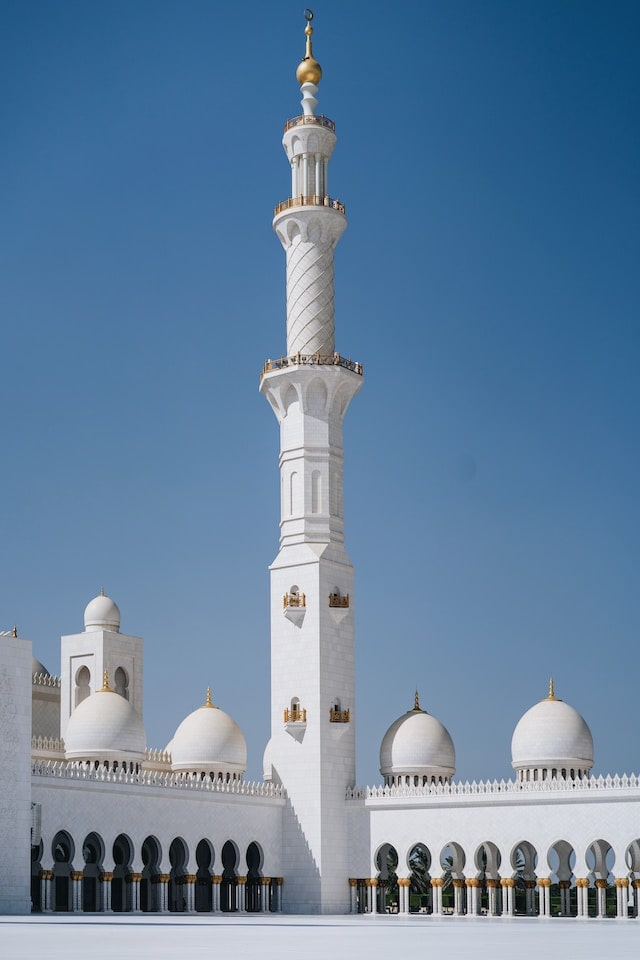
Besides signifying mosques and Islamic communities, minarets invite devotees to daily obligatory prayers. A minaret holds significant importance contributing towards a memorable aspect of religious spirituality. Their intricate design reflects regional culture and tradition, making them essential for Muslim holidays.
5. Kaaba
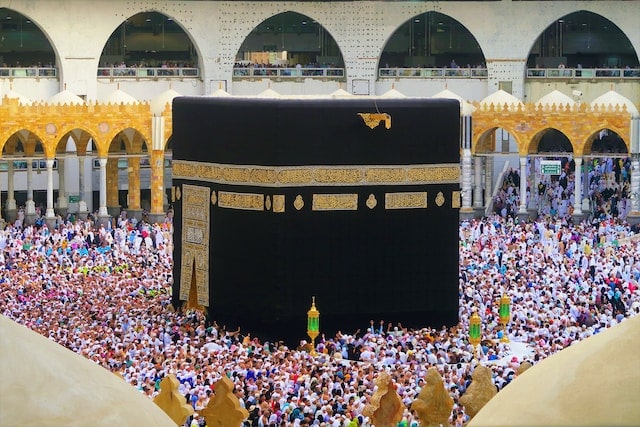
Mecca, in Saudi Arabia, contains many important sites for Muslims, but none more important than The Kaaba. As it represents supremacy amongst all Islamic locations. During this holiday, millions gather in Mecca to perform rituals that symbolize a spiritual journey. Each year during this holy festival, individuals travel great distances and congregate in Mecca to complete The Hajj, a collection of traditions symbolic of their spiritual expedition.
Not only does it have great religious importance, but it’s also a symbol of Muslim solidarity and harmony globally. All have equal membership within an encompassing Islamic empire defined by its monotheistic doctrines represented physically by the Kaaba. Observing the Kaaba is essential to the Muslim holiday experience because it represents unity and inspires faith in Allah.
6. Quran
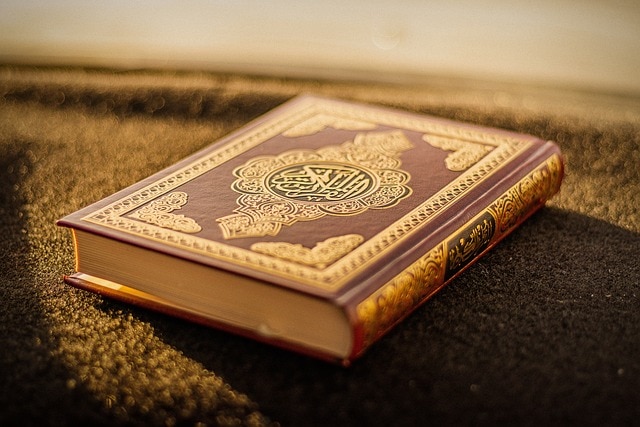
Many participate in special Quran-reading sessions at their local mosque during Ramadan. Every aspect of a Muslim’s spiritual journey is addressed within Shariah Law via guidance from the Holy Quran. Observance of Muslim holidays includes reading from the holy book of Islam – The Quran – focusing on doing so during Ramadan. Local mosques usually host these special readings, which many attend.
The book has rich language full of literary devices such as metaphorical expressions and engaging imagery. The Holy Qur’an is an unrelenting source of inspiration among Muslims worldwide. The Quran’s inspirational language is integral for religious observation and personal reflection during Muslim holidays.
7. Prayer Rug
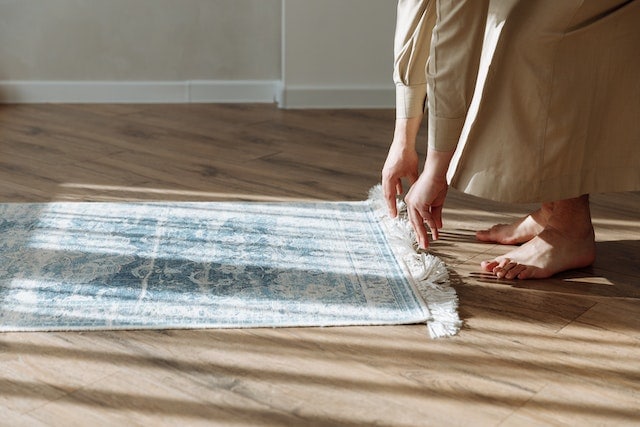
A prayer rug plays an important role in celebrating Muslim holidays, serving both decorative purposes through its intricate designs reflecting regional cultures. A prayer rug is essential to the Muslim faith, serving as a surface for daily prayers.
A prayer rug is a reminder of the rich cultural heritage of the Islamic world provided by intricate designs on them. Prayer rugs strengthen one’s connection to faith and provide guidance and inspiration.
8. Iftar Meal
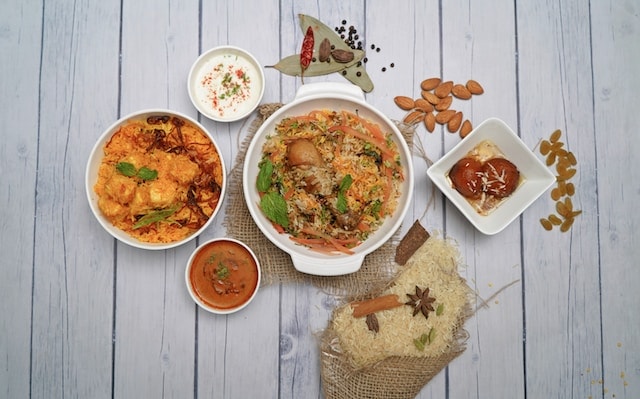
The iftar meal, which breaks the daily fast during Ramadan, is a central symbol of the Muslim holiday experience. Iftar is a time for families and communities to break fast and enjoy a meal, often featuring traditional dishes from their cultural and regional heritage. The iftar meal is a time for celebration, reflection, and gratitude as Muslims give thanks for the blessings in their lives and recommit to their faith.
The iftar meal also serves as a symbol of the values and traditions of the Muslim community. The sharing and the coming together reflect the importance of community and hospitality in the Muslim faith.
9. Suhur Meal
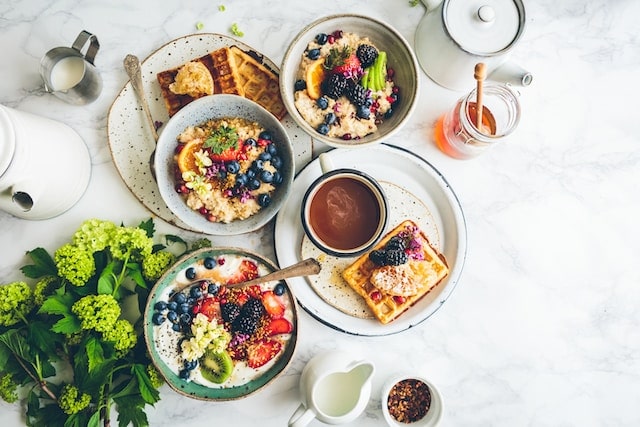
The Suhur meal, consumed just before the daily fast begins during Ramadan, is a central symbol of the Muslim holiday experience. Suhur is a time for families and communities to come together to share a meal and reflect on the spiritual significance of the fast. This meal often features traditional dishes from the cultural and regional heritage of the participants and is a time for quiet reflection and contemplation.
In addition to its practical purpose of providing energy for the day ahead, the Suhur meal also symbolizes the values and traditions of the Muslim community. Breaking bread together reflects the Muslim faith’s importance of community and hospitality. The meal is a time for families and communities to unite to support each other as they embark on the daily fast.
10. Alms-giving (Zakat)
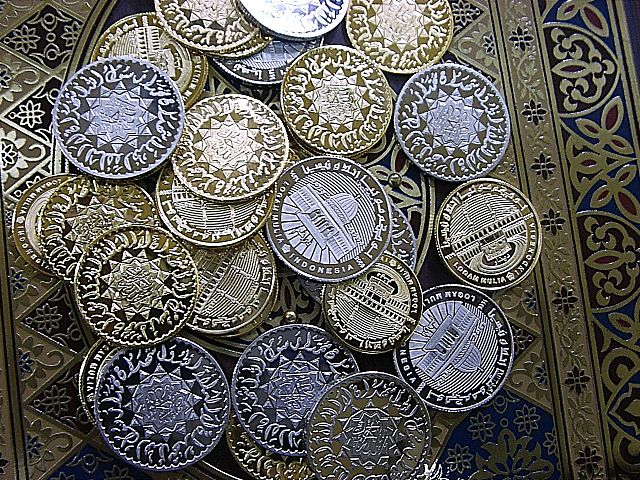
Zakat is a way to purify one’s wealth and acknowledge one’s blessings in life. Zakat is an important practice among Muslims worldwide. On occasions like Eid-al Fitr, Muslims should give willingly regarding people requiring help, specifically the needy, orphans, and widowed. Muslims believe that giving charity purifies their wealth and acknowledges Allah’s blessings.
The importance of generosity and kindness is reflected by giving Zakat to support people in need. Muslims are encouraged through Zakat to give generously towards supporting others to express compassion toward fellow members of their society.
11. The Night of Power
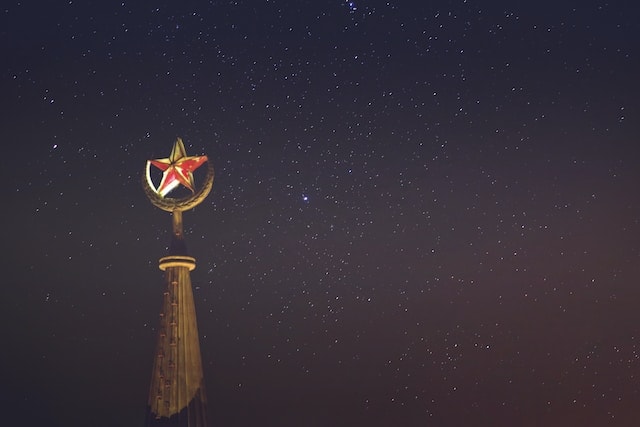
On Laylat al-Qadr – the Night Of Power – during Ramadan, Muslims carry out worshipful acts and seek forgiveness and divine guidance. Muslims believe this was when God sent the Holy Qur’an from heaven.
Extra prayers or compassionate actions on the Night Of Power lead to inspiration and a joyous connection with Islam. Many people view seeking forgiveness and guidance on this auspicious night as connecting with the divine and bringing about beneficial changes in their lives.
12. Eid Prayers
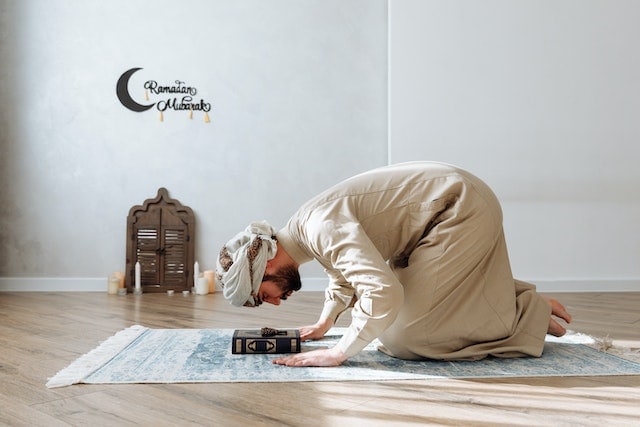
Eid prayers occur on Eid al-Fitr and Eid al-Adha mornings, symbolizing the essence of Muslim holidays. Muslims assemble in mosques or large communal areas to offer special prayers and exchange warm greetings. These prayers enable the community to unite and rejoice in concluding Ramadan or the Hajj pilgrimage.
Besides religious importance, Eid prayers represent Muslim values and traditions. Gathering for prayers and celebrations emphasizes the significance of community and unity in the Muslim faith. These prayers allow families and communities to bond, support one another, and express gratitude for life’s blessings.
13. Qurbani
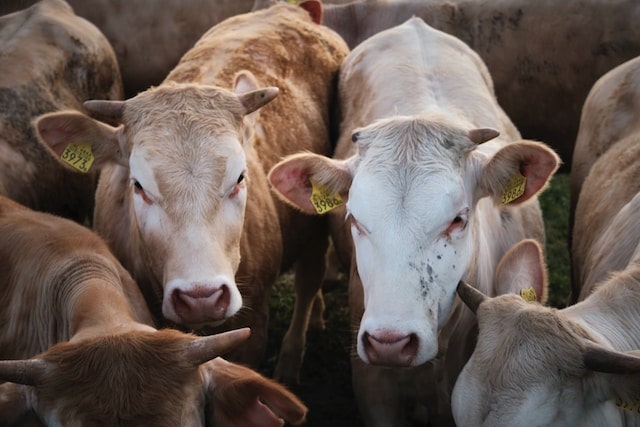
Qurbani symbolizes the Muslim holiday experience involving animal slaughter during Eid al-Adha. As an act of sacrifice and dedication, Qurbani follows the example of Prophet Ibrahim, who willingly offered his son to Allah. The sacrificial animal’s meat is distributed to the impoverished, exemplifying Muslim compassion and generosity.
Besides religious significance, Qurbani signifies the cultural and regional heritage of Muslims. Qurbani’s unique rituals and customs differ across regions, showcasing the diverse Muslim culture. Whether in rural villages or bustling cities, Qurbani remains essential to Muslim holidays, inspiring joy and fostering faith connections.
14. Distribution of Meat to the Needy
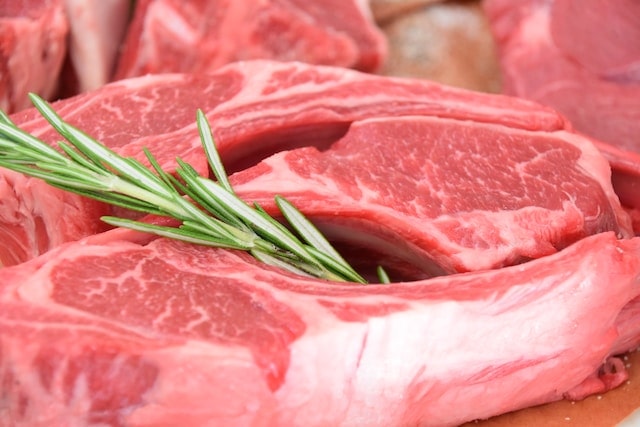
During holidays like Eid al-Adha, distributing the meat of sacrificed animals to the needy exemplifies the Muslim holiday experience, showcasing compassion and generosity in the Muslim faith. Families and communities unite to share the sacrificial animal’s meat, often giving it to the impoverished, orphans, and widows.
Sharing and giving to those in need emphasizes compassion and generosity in the Muslim community, allowing individuals to connect with their community and positively impact the world. Enjoyed at home or within a mosque, meat distribution is a fundamental aspect of Muslim holidays, inspiring joy and fostering faith connections.
15. Arafat Day
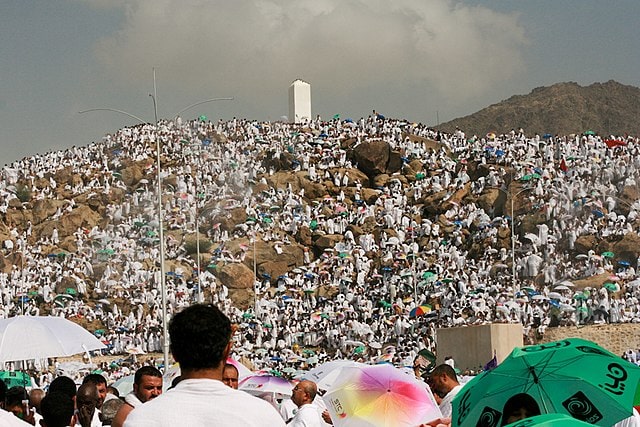
Arafat Day, observed during the Hajj pilgrimage, epitomizes the Muslim holiday experience. Pilgrims congregate on Arafat’s plain for prayer and contemplation, seeking Allah’s forgiveness and guidance. As the Hajj pilgrimage’s climax, Arafat Day is among the Muslim calendar’s most important days.
In addition to its religious significance, Arafat Day symbolizes Muslim values and traditions. Intense prayer and reflection embody the importance of spiritual connection and self-improvement.
16. Eidi
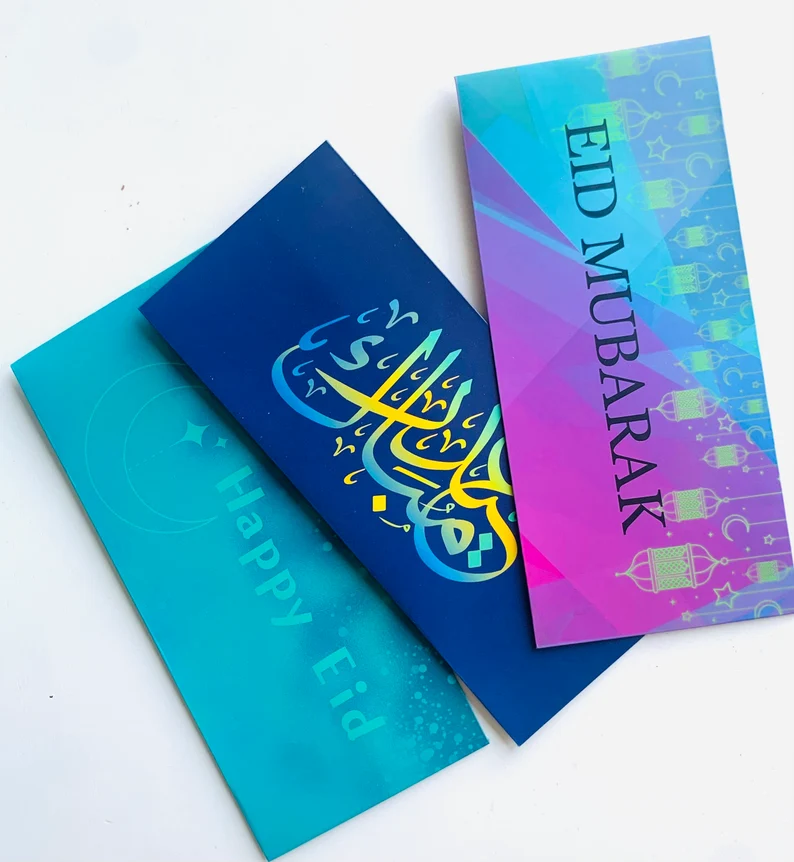
Eidi, the custom of gifting money and presents to children during holidays like Eid al-Fitr, embodies the Muslim holiday experience. Families and communities unite to celebrate Ramadan’s end and express love and affection. Eidi gifts typically consist of money but can also include toys, clothes, and other items.
Beyond bringing joy to children, Eidi symbolizes Muslim values and traditions. Giving and sharing signify generosity and hospitality in the Muslim faith, inspiring joy and deepening faith connections.
17. Eid Greeting Cards
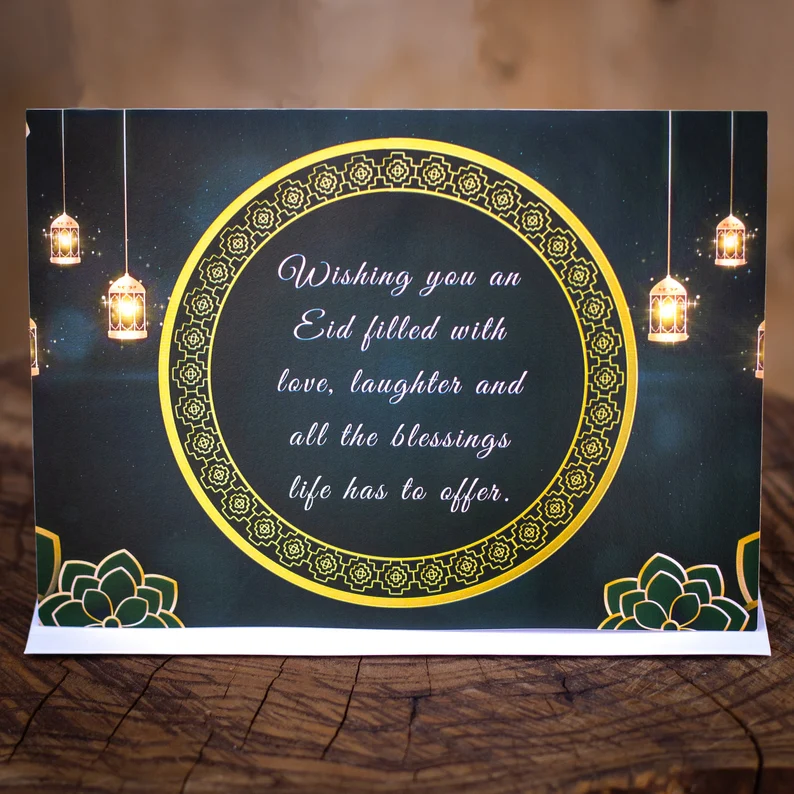
Families and communities use these cards to convey well wishes and greetings, often accompanied by gifts or tokens of affection. The cards showcase diverse styles and designs. Besides exchanging greetings and wishes, Eid greeting cards symbolize Muslim values and traditions.
18. Islamic Calligraphy
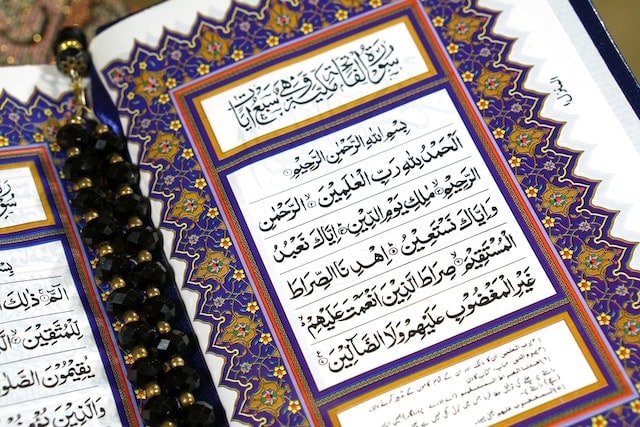
Islamic calligraphy frequently features Allah’s written word. This art form adorns homes, mosques, and worship places during holidays like Eid al-Fitr and Eid al-Adha. Islamic calligraphy’s intricate designs and patterns display the Muslim faith’s beauty, captivating people of all ages.
Islamic calligraphy, besides its artistic importance, symbolizes Muslim values and traditions. Creating and appreciating calligraphy highlights the Muslim faith’s beauty, creativity, and spiritual connection.
19. Traditional Sweets
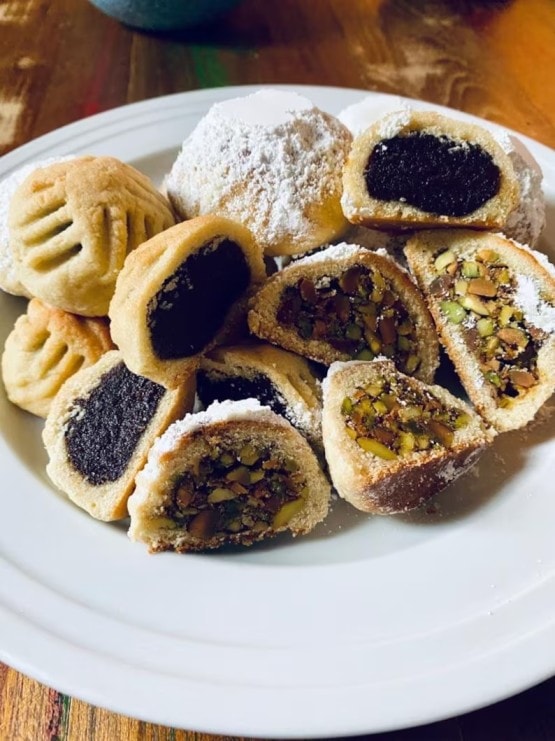
Savored during holidays like Eid al-Fitr, traditional sweets represent the Muslim holiday experience. Including baklava, halva, and various candies, these sweets allow families and communities to unite and relish the holiday’s special moments. Traditional sweets’ rich flavors and textures exhibit the Muslim community’s knack for unique, show-stopping desserts.
20. Visiting Family and Friends

Visiting family and friends during holidays unites families and communities to celebrate Ramadan’s end, exchange stories and well wishes, and express love and affection. These visits often include gift exchanges, shared meals, and joyful celebrations in each other’s company. Besides uniting families and communities, visiting family and friends symbolizes Muslim values and traditions.
21. Islamic Nasheeds
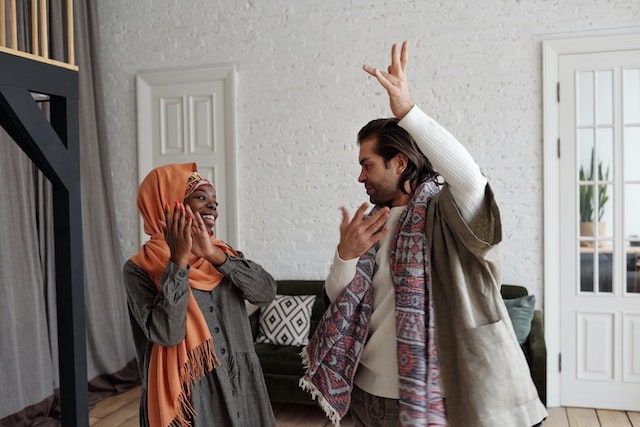
Islamic nasheeds, devotional songs often performed during holidays like Eid al-Fitr, reflect societal and religious themes. These songs echo Islam’s beauty and complexity, enabling families and communities to celebrate and express devotion to Allah. Islamic nasheeds’ melodious sounds inspire people of all ages and create a sense of community.
Singing and listening to these devotional songs emphasize devotion, spirituality, and divine connection in the Muslim faith, promoting positive global impact.
22. Special Eid Dishes
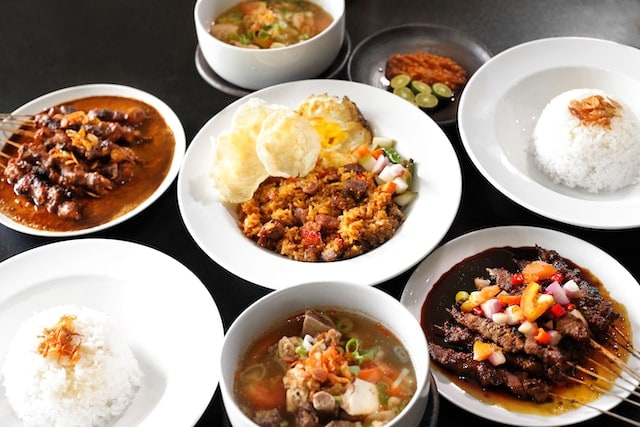
Special Muslim holiday dishes unite people and enhance the festive spirit during celebrations. These dishes, prepared with love and care, are delicious and steeped in cultural and historical significance.
Each region boasts its unique culinary delights, reflecting the diverse flavors and traditions of the Muslim community. From savory kebabs and biryani to sweet treats like baklava and sheer khurma, the aroma and taste of these dishes evoke memories of togetherness, joy, and gratitude.
23. Islamic-themed Clothing and Accessories
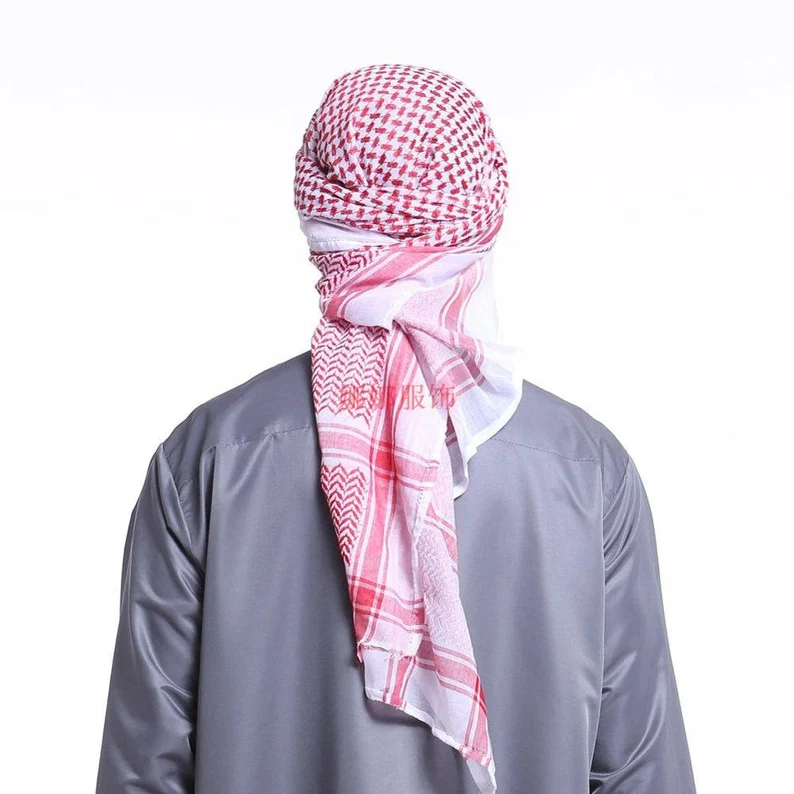
Islamic-themed clothing and accessories, commonly worn during holidays like Eid al-Fitr, exemplify the Muslim holiday experience. These items include traditional dresses, headscarves, and jewelry.
Clothing and accessories reveal much about the Muslim community, its rich history, and its heritage. Clothing and accessories signify pride and devotion, regardless of age or holiday.
24. Eid Bazaars
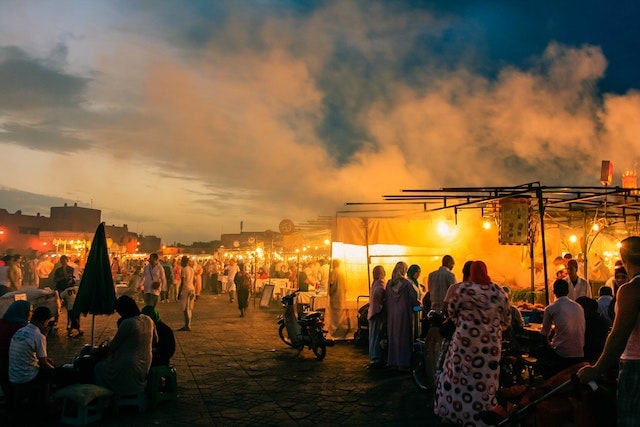
These lively markets feature vendors selling various items, from clothing and accessories to traditional sweets and toys, serving as hubs for activity and energy. Families and communities gather at these markets to shop, socialize, and celebrate holiday moments.
Eid bazaars’ vibrant colors and sounds inspire joy and a sense of belonging. Besides their festive atmosphere, Eid bazaars symbolize Muslim values and traditions. Shopping and supporting local businesses demonstrate the importance of embracing the culture and what it offers.
25. Islamic Storytelling
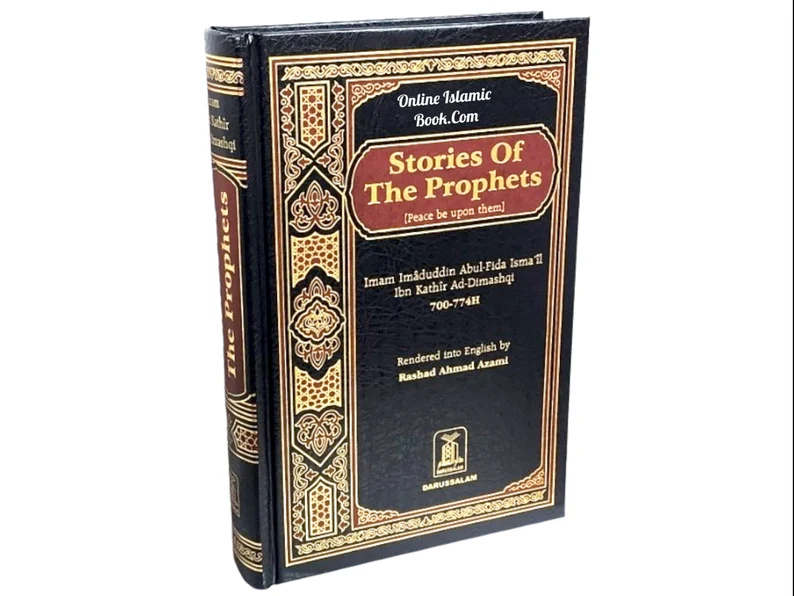
Islamic storytelling, frequently incorporated into Muslim holidays like Eid al-Fitr, epitomizes the holiday experience. These stories, rooted in Islamic legends, historical events, or personal experiences, foster connections with faith and culture.
Told passionately and energetically, they inspire and educate. Islamic storytelling, integral to the Muslim holiday experience, unfolds in mosques with the larger community or family settings.
26. Festive Decorations
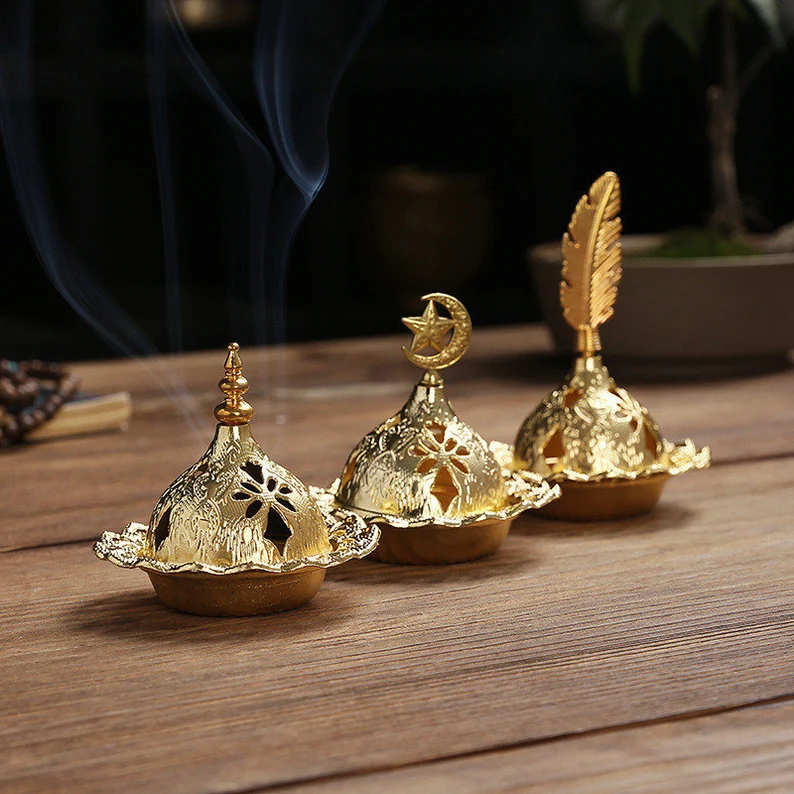
Festive home decorations enliven homes, mosques, and community spaces. During holidays like Eid al-Fitr, families unite to transform their homes into vibrant, festive spaces celebrating the holiday.
Decorations enable creative expression, sharing traditions, and crafting a warm, inviting atmosphere. Through intricate lanterns, beautiful calligraphy, or colorful lights, these decorations unite people in celebrating holiday moments.
27. Parades
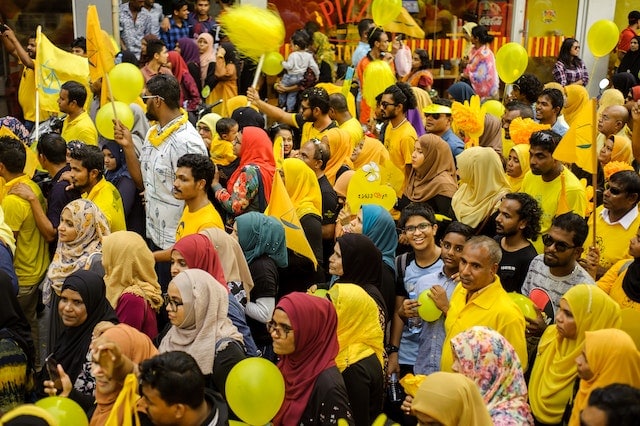
Parades are vibrant symbols of Muslim holidays and unite communities in celebration. Grand street parades filled with people wearing traditional attire express cultural pride and joy. Parades foster a festive, inclusive atmosphere, bringing together families, friends, and community members to share holiday excitement.
Moreover, parades showcase the Muslim community’s rich beauty and diversity. Parades educate others about the holiday’s culture and invite people to join. As vibrant, exciting symbols of the Muslim holiday experience, parades remind us of the importance of rejoicing in life.
28. Clean Clothes
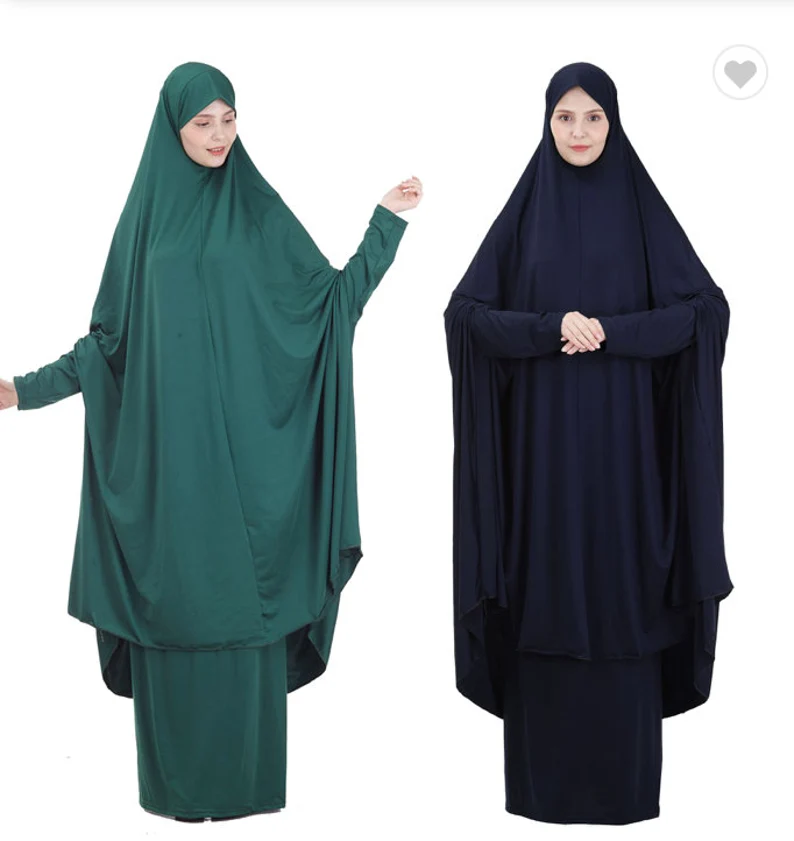
Clean clothes symbolize devotion to your health and God. People often wear their finest outfits, especially if they visit their relatives. Wearing clean clothes also signifies purity and innocence and signals a new start and optimism for the future.
29. Bathing

In the Muslim faith, bathing symbolizes purity and spiritual cleansing during holidays. Muslims perform ritual washing or “wudu” before prayer, purifying the body for communication with Allah. On holidays like Eid al-Fitr and Eid al-Adha, Muslims take a full bath or “ghusl,” signifying the renewal of their faith commitment.
Beyond religious significance, bathing unites Muslims and strengthens their bonds. Families and communities gather for communal meals and celebrations during holidays, and bathing before these gatherings demonstrate respect and cleanliness to others.
30. Friendliness
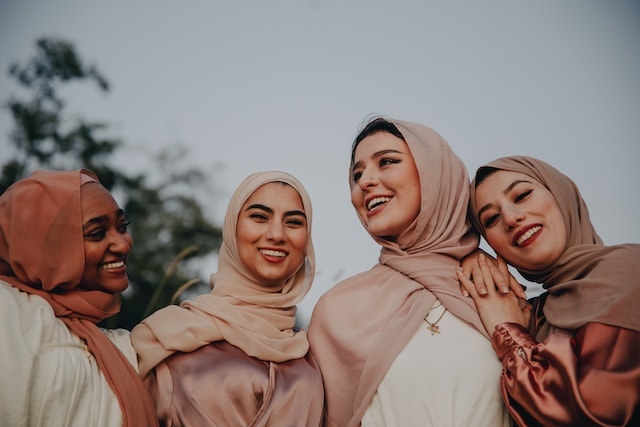
Friendliness permeates Muslim holidays, characterized by love, generosity, and hospitality. During celebrations, people visit loved ones, exchange gifts, convey well-wishes, and perform acts of kindness and charity. The atmosphere buzzes with friendship and unity as individuals from all walks of life unite to honor their shared faith and culture.
Sharing meals, engaging in community events, or simply spending time together showcases the focus on friendliness during Muslim holidays. This highlights the power of community and the significance of human connections. By nurturing relationships and spreading joy, these festivities emphasize the crucial roles kindness and compassion play in our lives and the world.
Wrapping Up
These holiday symbols offer opportunities to appreciate the Islamic faith’s beauty and diversity, bridging cultural gaps and promoting understanding and respect. Embracing the spirit of these holidays, we can also draw upon the lessons they provide, such as daily empathy, gratitude, and reflection.
Like all religious and cultural celebrations, Muslim holidays are vital reminders of our cherished values and the connections binding us. Through exploring these symbols, we hope to inspire curiosity and appreciation for the Islamic faith and its special celebrations. We can work together to cultivate unity, understanding, and respect as we continue learning from and embracing the diverse beliefs and traditions shaping our world.








